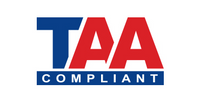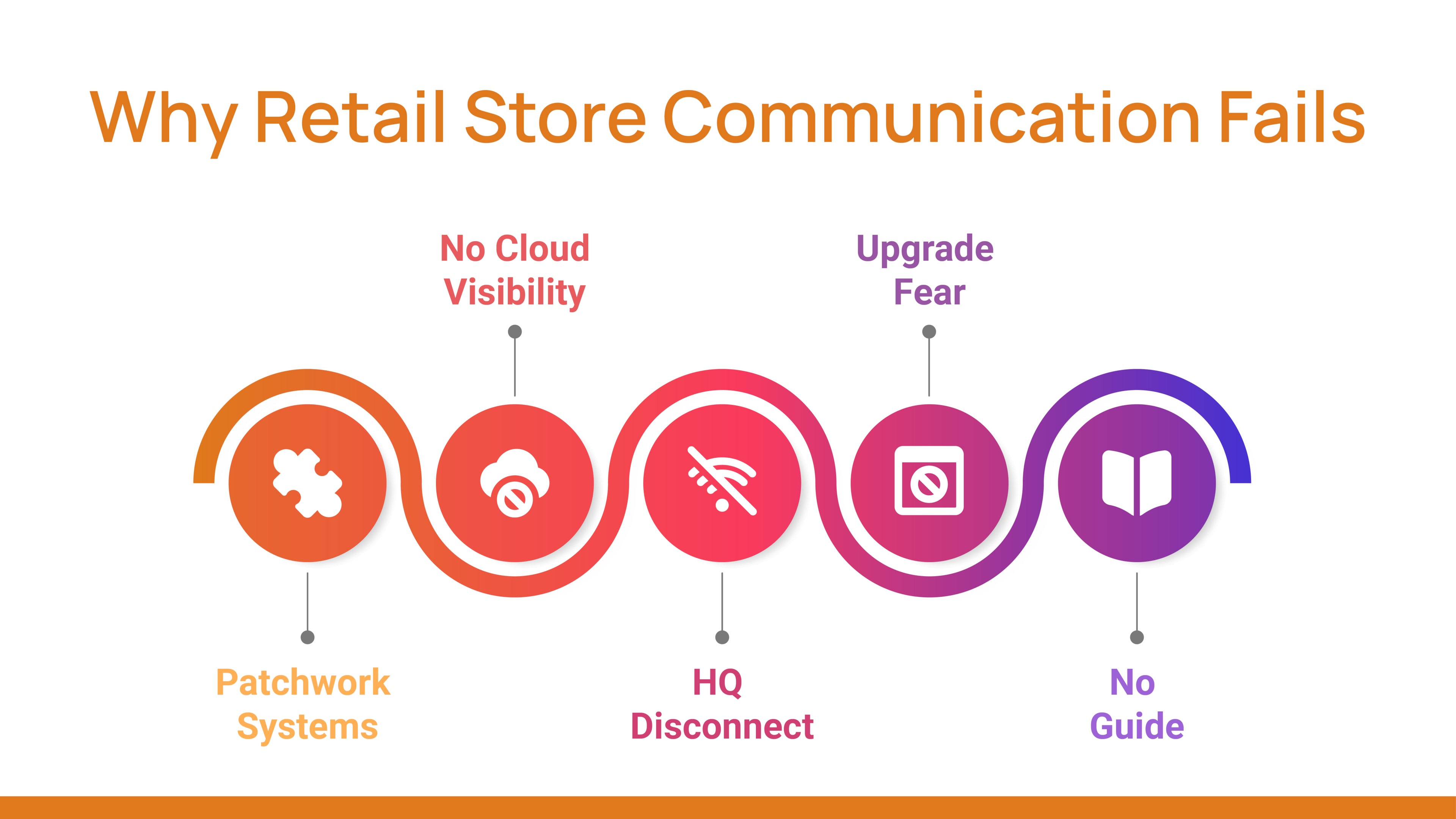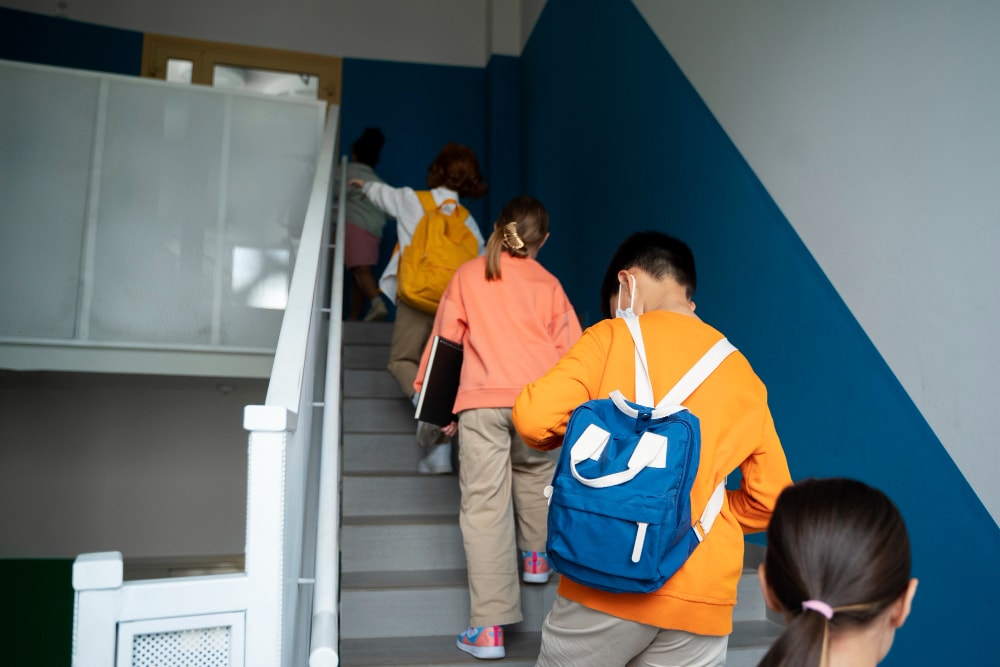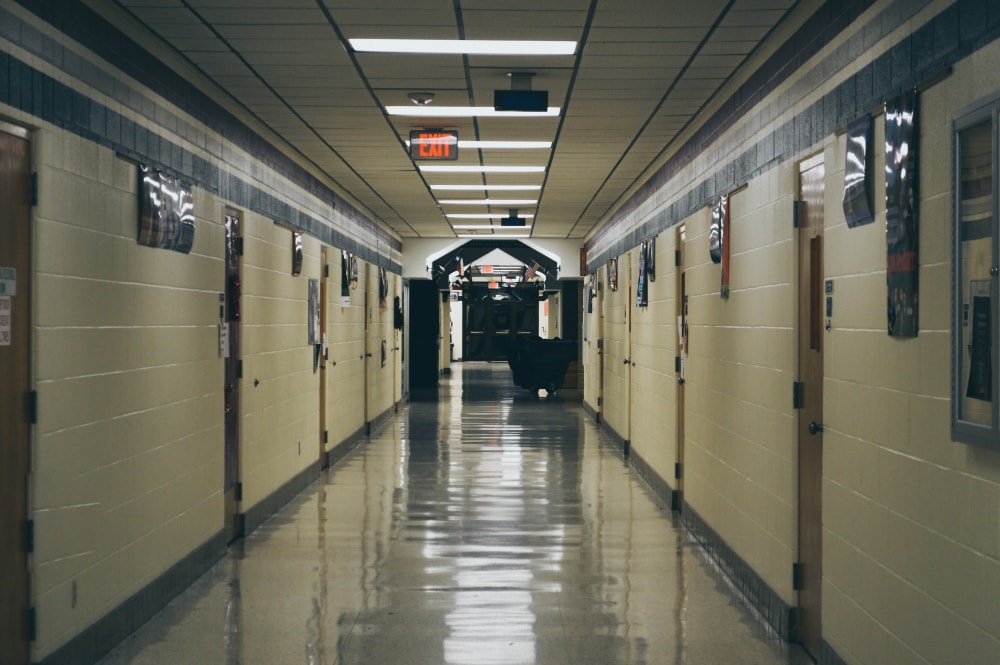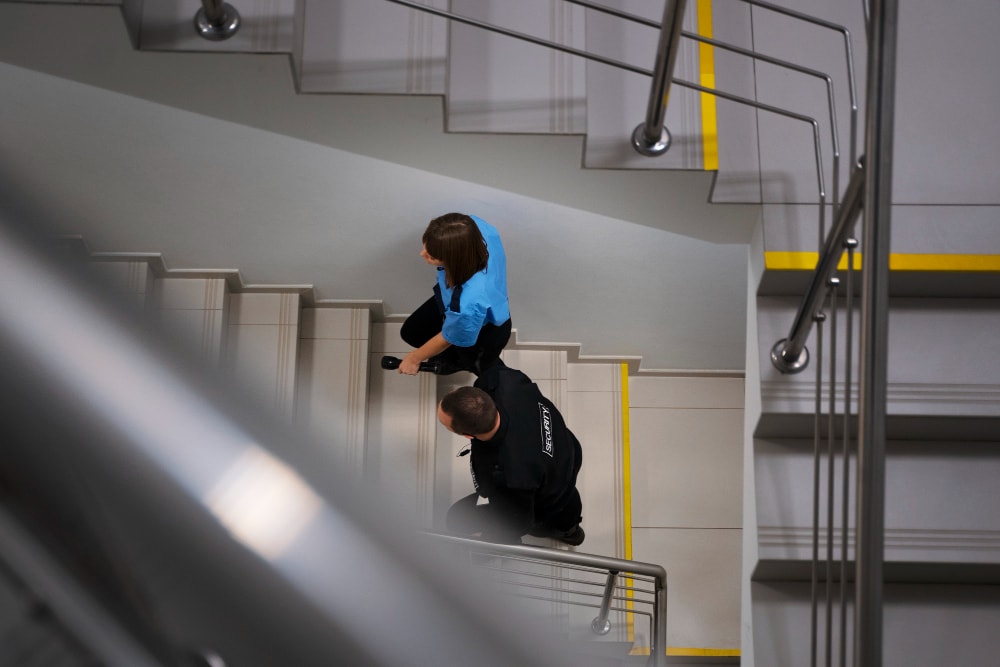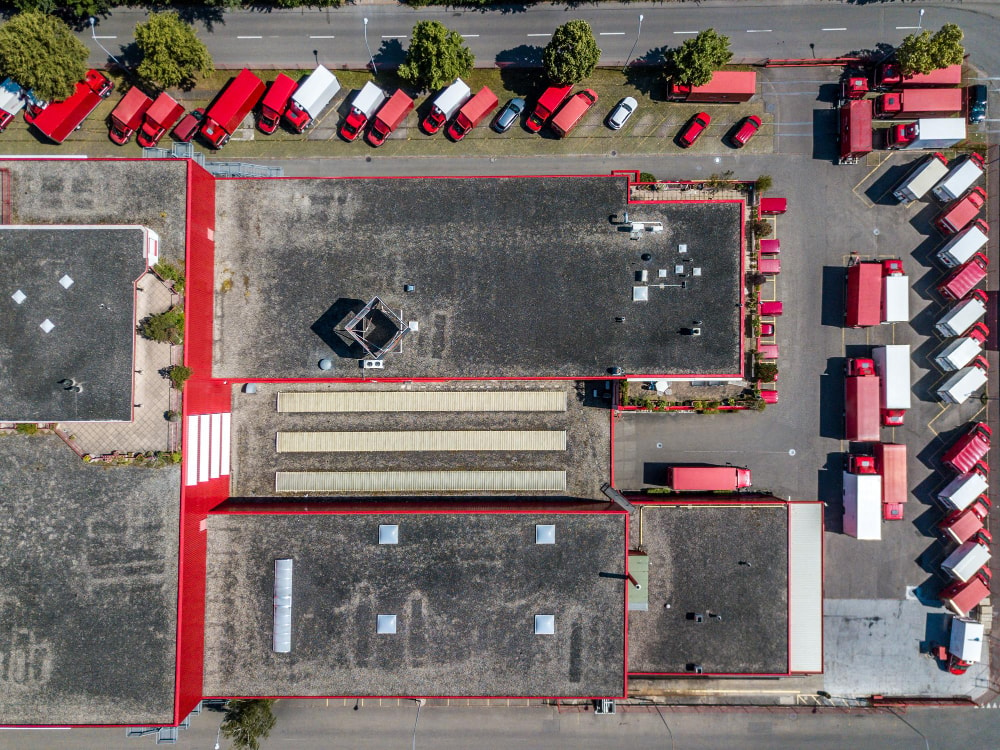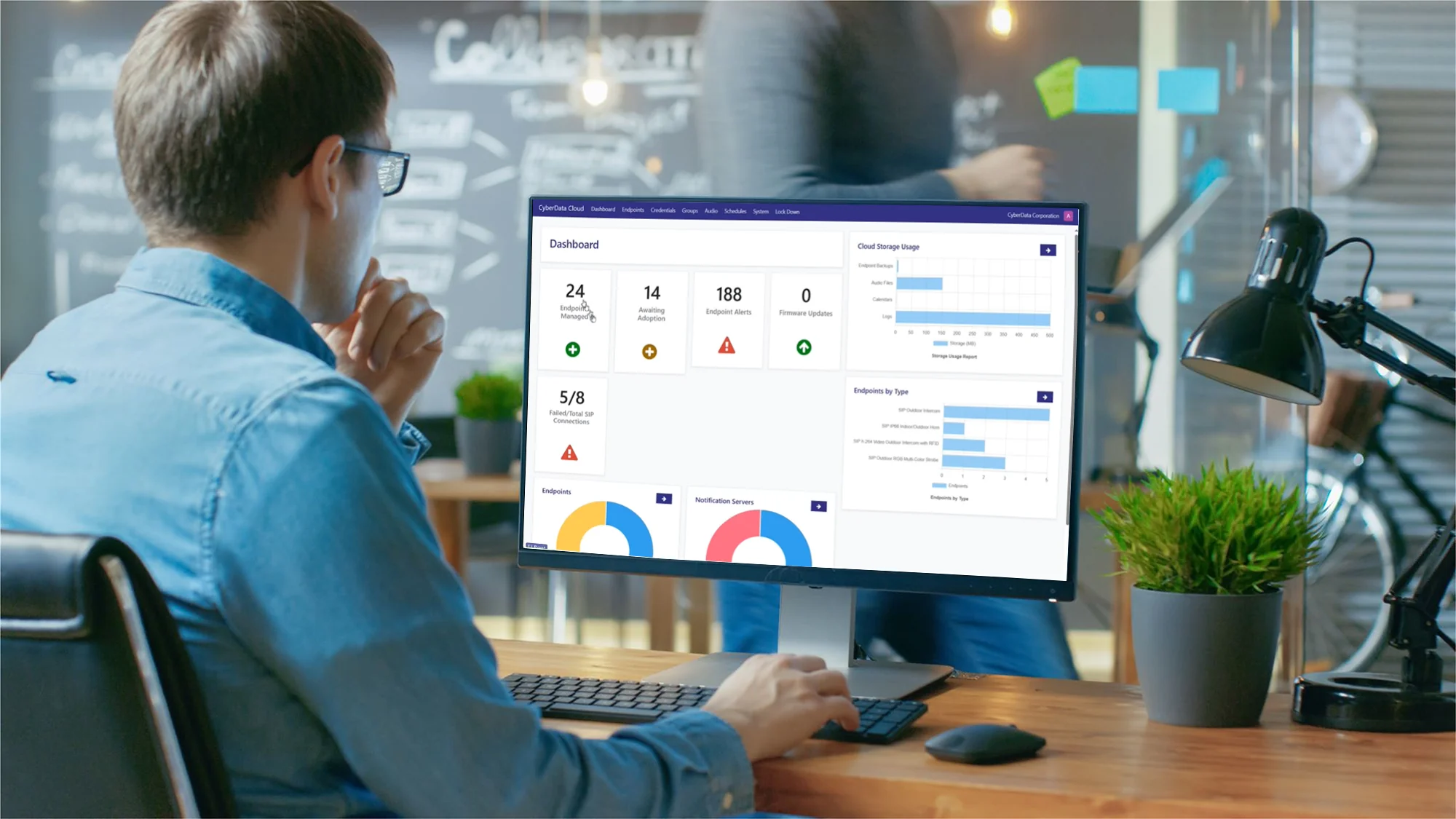If you run a retail chain, you’ve probably felt the pain of inefficient multi-location notifications: one store’s speakers are too quiet, another store’s amp runs hot and shuts down, and a third has no easy way to send a fast “all-call.”
It’s not just customers who complain about the overhead announcements, but increasingly, employees are giving feedback that the lack of consistency in the notification system makes them feel less safe. Now, look at your main office: your HQ team needs to push a promo message across 50+ locations, or most critically, coordinate an emergency page without guesswork. Continue reading, as we have solutions that’ll address all your notification concerns.
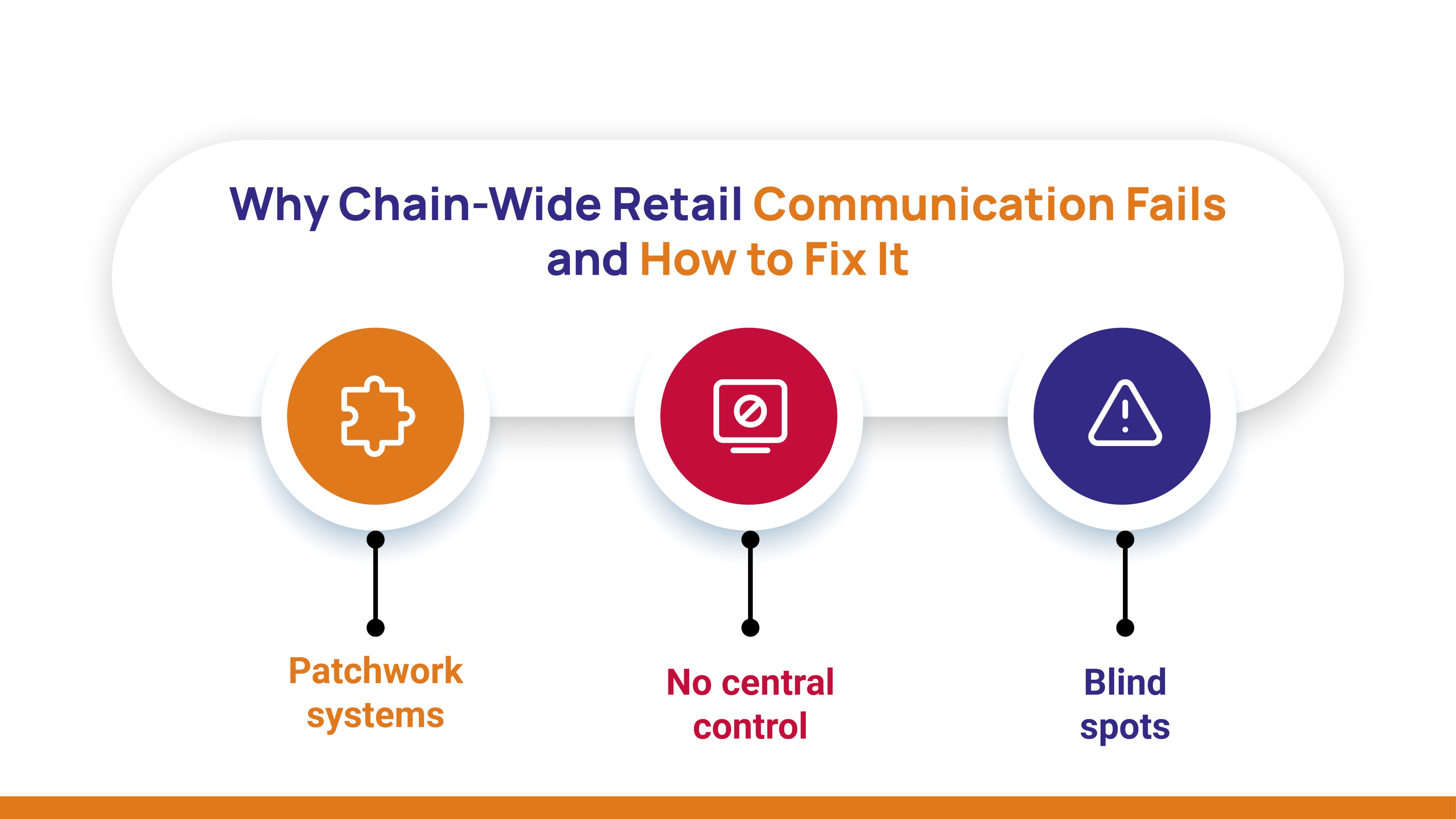
Why Chain-Wide Retail Communication Fails and How to Fix It
When you break it down, most failures in multi-location notification come from three root causes:
-
A patchwork of systems. Every location has a different mix of old analog gear and newer IP devices. Nothing is standardized, so support tickets spike, and your IT teams are trying to accommodate, but it’s a losing battle.
-
No central control. You can’t trigger, schedule, or audit alerts from one place, so teams improvise and mistakes happen.
-
Blind spots. Since typically notification systems aren’t seen as “mission-critical,” hardware failures go unnoticed, and nobody is aware. You only find out when a shift lead complains that the page didn’t play, then an investigation takes place.
But there’s good news: you don’t need to start from scratch to upgrade. CyberData combines hybrid hardware with Terminus Cloud Control™ so you can manage every store, every speaker, and every message from one dashboard and reuse a lot of the same equipment you already own.

What an Enterprise-Grade Mass Notification System Actually Looks Like in a Retail Environment
Centralized control across sites
From a centralized location, or any authorized browser, you should be able to send emergency and nonemergency pages, record/store messages, adjust notification schedules, and see device health across all stores and distribution centers. That’s table stakes for chain operations.
Hybrid compatibility for effective communication
Most retailers run a mix of legacy 25V/70V speakers and IP endpoints. A practical system plugs into both, so you can modernize in phases, not all at once. CyberData’s SIP 25V/70V Hybrid Amplifier was designed for exactly that bridge.
Reliability you can plan around
Extended life hardware coverage matters when you’re deploying chain-wide. CyberData backs endpoints with a 5-year warranty, extending standard coverage in this category and lowering lifecycle risk.
Pre-sale design help
The fact of the matter is that multi-site rollouts go faster when someone reviews your floor plans, marks device placement, and hands you a BOM with MSRP and network diagrams before you buy. CyberData’s Free Design Services does exactly that.
Compliance-friendly store communication
A 50+ year U.S. engineering heritage, TAA compliance, and a reputation for durable, easy-to-manage devices help Procurement and Security check the boxes.

The Hidden Costs of Every Store Doing it Differently
Scenarios seem to make these claims hit a bit closer to home. Here we go:
-
Promo chaos: Marketing wants a weekend BOGO announcement across every store at 9:00 a.m. local time. Without a central scheduler, managers read scripts over the phone; some miss the time completely, some misread the script, and the offer is lackluster and inconsistent. Central scheduling and zones fix this with one setup that rolls time zone by time zone.
-
Safety delays: A back-room incident needs an urgent page to loss prevention (LP) and managers. Manual dial-ins waste minutes and create errors. But prebuilt, role-based messages sent with clear zones solve delays in proper communication.
-
Maintenance truck rolls: An amp overheats or a speaker chain fails, but no one is aware until a shift change announcement falls flat. The power of real-time device diagnostics lets IT spot issues and push fixes remotely before operations feel it.
In short: centralized cloud control + device health visibility = fewer tickets, faster response, and consistent brand/customer experience.
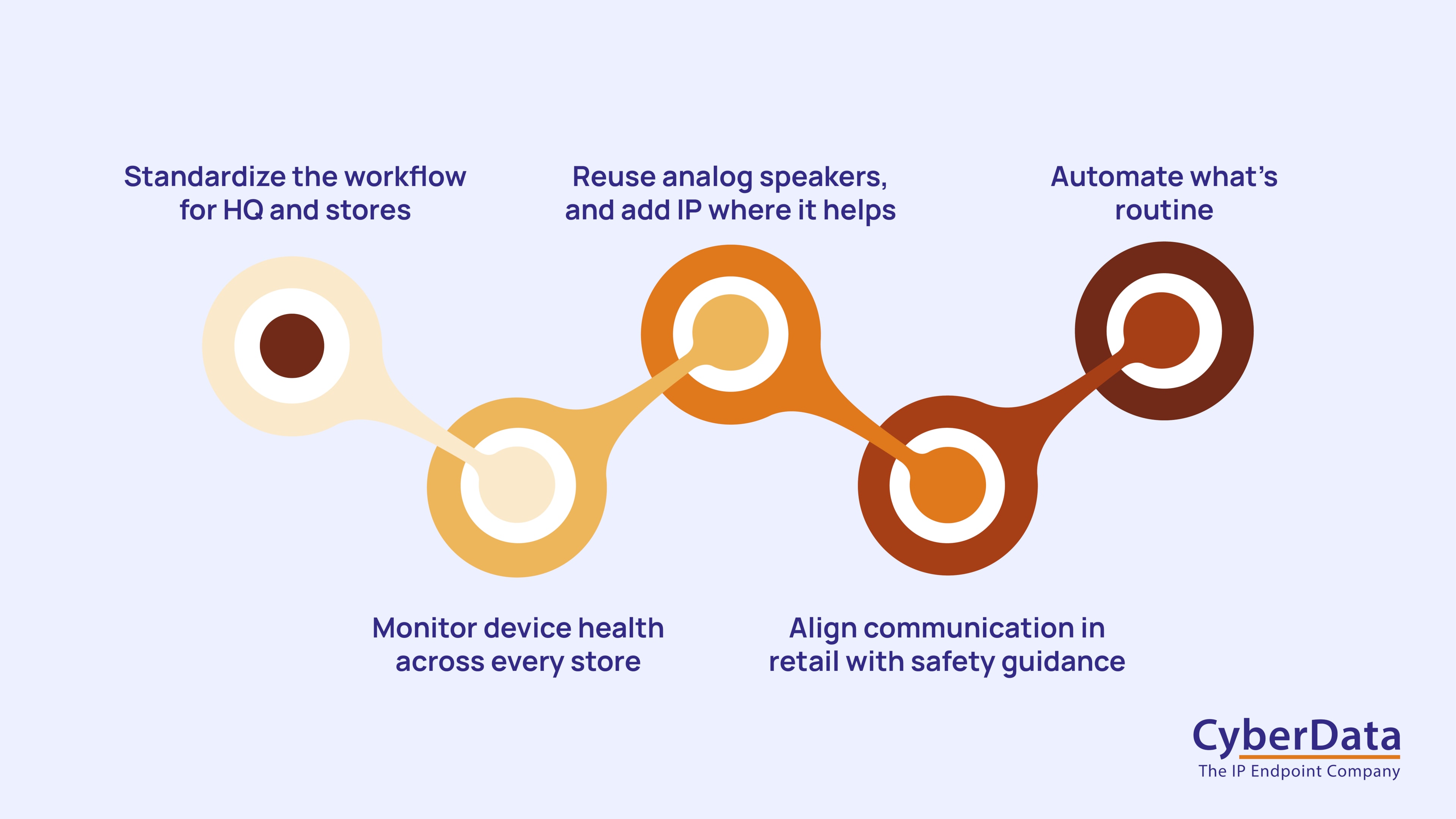
Best Practices for Multi-Location Notification
1) Standardize the workflow for HQ and stores
Create a simple, repeatable process for emergency and nonemergency pages. In Terminus Cloud Control™, you can define templates (e.g., “Severe Weather,” “All-Call,” “Morning Promo”), assign who can send them, and log every action for audits.
Why it matters: During high-traffic hours, even a 10-second delay per store adds up. Having a one-click sending procedure eliminates messaging improvisation and keeps pages accurate across the board.
2) Reuse analog speakers, and add IP where it helps
You don’t need to rip and replace. The SIP 25V/70V Hybrid Amplifier can drive hundreds of existing 25V/70V speakers in a single analog zone, while also participating in IP multicast groups for site-wide blasts. Add more amplifiers for more analog zones, and sprinkle in IP speakers where you want smarter zoning or PoE power.
Retail win: Keep the ceiling speakers you already paid for. Layer IP endpoints only where you need new coverage or visual strobes. Stretch your investment for a better deployment.
3) Automate what’s routine
Do you need open/close tones, curbside pickup reminders, or weekend promos? Use the amplifier’s built-in calendar-based scheduler for bells and prerecorded messages, and manage chain-wide schedules in Terminus for consistency.
4) Monitor device health across every store
With cloud-level diagnostics, your team gets alerts for status changes, temperature thresholds, and connectivity. You can also push firmware and config updates across groups so stores stay aligned. Less technology hiccups for less downtime.
5) Align communication in retail with safety guidance
If your pages support emergency procedures, your process should reflect OSHA and NFPA guidance, OSHA 1910.165 for employee alarm systems; NFPA 72 for fire alarm/signaling. Centralized logs and standardized messages help demonstrate consistency when you need to show your work.

Tech Deep-Dive and Key Features
Hybrid paging intercom that scales
-
One analog zone, hundreds of speakers per SIP 25V/70V Amplifier, but the exact counts depend on tap settings and voltage.
-
Security: HTTPS config, TLS 1.2/SRTP, VLAN tagging.
-
Diagnostics: Fault sense input, status events, LCD for on-device checks.
-
NTP clock + battery backup, plus rack-mount options.
Cloud control that makes retail communication easier
-
Emergency + routine notifications in one UI.
-
Real-time device monitoring and alerts so you can act before stores feel an outage.
-
Simple configuration and remote firmware pushes to your entire organization.
-
Custom automations by time, location, or trigger to support LP, Ops, and Marketing.
Reliability, Warranty, and Total Cost of Ownership
Paging intercom is a promise. When you say “everyone will hear this,” you’re staking brand, safety, and operations on that statement. CyberData now offers an industry-leading 5-year warranty, a confidence booster for multi-year, multi-site rollouts, and has publicly rolled out pricing updates to make enterprise-grade safety more accessible.
Objection Handling: “Do We Really Need This?”
“Our current system mostly works.”
That may be true until a critical store misses an alert. In emergencies, a 90 percent delivery rate might as well be zero, but with a centralized control and device health visibility, you can close that gap chain-wide.
“We can’t afford to rip-and-replace.”
You don’t have to. Use the Hybrid Amplifier to keep analog speakers and add IP endpoints only where they add value. Roll out store by store, region by region.
“We don’t have time to design this.”
Send your floor plans to CyberData’s Free Design Services. You’ll get a guide for the best device placement, a BOM with MSRP, scope of work, and network diagrams (at no cost), so projects move faster with fewer surprises.
“Is the brand credible?”
CyberData has a decades-long track record in VoIP endpoints and now unifies hardware + cloud with Terminus. The 5-year warranty reinforces that commitment.
“What about Alyssa’s Law or SPAT readiness?”
CyberData’s portfolio and cloud workflows support fast, silent, and visible alerting, which are key elements for readiness conversations tied to Alyssa’s Law and Silent Panic Alert Technology (SPAT).

A Simple Rollout Plan for Retailers: Right Message at the Right Time
Step 1: Define outcomes. List use cases you need to cover: emergency pages, LP/operations callouts, open/close tones, promos. Map zones and roles.
Step 2: Reuse what works. Utilize legacy 25V/70V speakers via the SIP 25V/70V Hybrid Amplifier; add IP endpoints where you require more advanced zoning or visual strobes.
Step 3: Centralize management on day one. Use Terminus Cloud Control™ to standardize how notifications are sent, schedules, and monitoring across every store.
Step 4: Get expert help. Upload floor plans to Free Design Services for placement, BOM, and network diagrams.
Step 5: Document and train. Create a short runbook for OSHA/NFPA alignment, define permissions, and train store leads on the two or three notifications they’ll use most.
Your Blueprint for Multi-Location Notification
Your multi-store communication doesn’t have to be complicated or fragile. Start by standardizing the workflow, test and reuse your analog investment, supplement and add IP where it helps, and finally manage it all from the cloud. Back everything with a 5-year warranty and free design expertise, and you’ve got a scalable foundation for promotions, safety, and day-to-day operations.
Next step: Want a customized plan for your stores? Contact CyberData to review your floor plans and goals, and we’ll help you design a chain-wide retail emergency notification and chain store communication strategy you can roll out with confidence.


